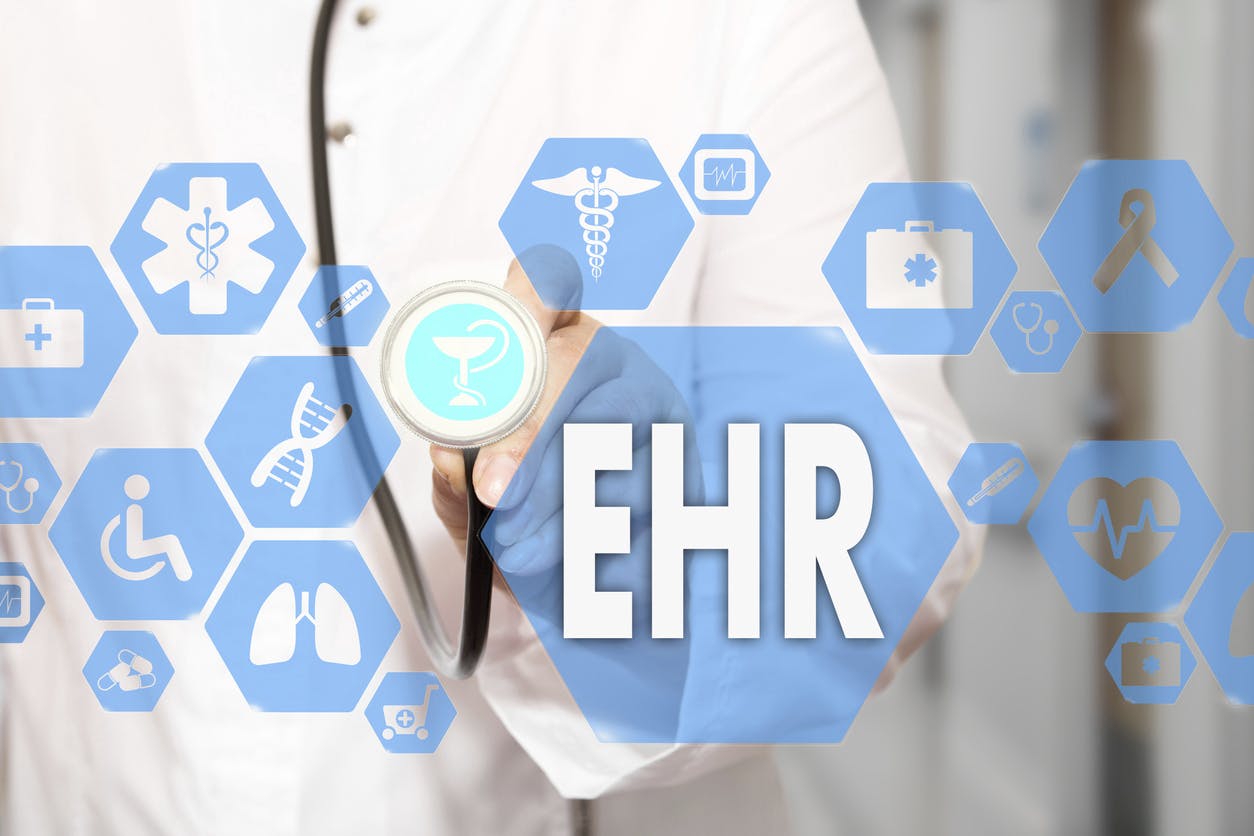Industry’s Role for Interoperability in Common Health Record
Health leaders at DOD and VA are working through transforming processes ahead of the new federal electronic health record.

Interoperability across federal and private sector health care providers is among the Federal Electronic Health Record Program’s objectives and getting there is going to take ongoing efforts through collaboration, data sharing and change management, federal leaders said during an industry roundtable last week.
FEHRM is working to implement a single, common federal EHR between the departments of Defense and Veterans Affairs as well as their community care providers. Last year, the office launched the joint health information exchange, which was a key step toward interoperability that allows DOD and VA providers to share and access clinical information from private sector providers.
With implementation of DOD’s EHR, MHS Genesis, about 30% complete, the office is working on getting the infrastructure in place across military treatment facilities and implementing data standards to prepare for interoperability and further enhance health care, said Defense Healthcare Management Systems Acting Program Executive Officer Holly Joers.
“Optimization and efficiency requires data. We’re starting to see that transformation, and I’m excited about getting those essentials in place, and then we can start to leverage the power of that data to make better informed decisions,” Joers said.
Meanwhile, VA has paused rolling out its EHR while new leadership conducts a systemic review of its progress.
Collaboration with federal and industry partners will be key to all these ongoing efforts especially with the interoperability component, said VA Office of Electronic Health Record Modernization Executive Director John Windom.
“[EHR modernization] is going to be predicated on our ability to partner, team and unite in our efforts toward this common cause,” Windom said. “People want to provide the best care they can. We’re just providing a tool to enhance that care.”
Change management is another major factor, Joers said. This priority encompasses culture and process, all of which rely on the people.
“It’s about leading through that change, it’s not something that we can buy,” she said. “It’s daily interactions and reinforcement.”
FEHRM is currently working with industry to further streamline data services to make EHR data more accessible. FEHRM Director Bill Tinston noted a 65% connection interface rate with commercial providers and is working to increase that to 99%.
“This needs to be patient focused and about providing access to the patient and their information so that they can get the best health care they possibly can,” Tinston added.
“These aren’t technical problems,” Tinston said. “All of these things related to technology are about people, leadership and collaboration. When you look at the role of the modern CIO in large enterprises, their job is to get a common agreement on goals.”
This is a carousel with manually rotating slides. Use Next and Previous buttons to navigate or jump to a slide with the slide dots
-

DOL's AI Chief Outlines Intersection of Tech and AI
DOL CAIO Mangala Kuppa is driving innovation, collaboration and ethical AI integration to enhance operational efficiency.
5m read -

DOD Cyber Crime Center Appoints New Executive Director
Lesley Bernys previously served as CIO at the Air Force Office of Special Investigations.
2m read -

Cyber Leaders Urge Congress to Modernize Election Security Systems
Experts prompt a bipartisan approach to cybersecurity to protect U.S. critical infrastructure and future elections from evolving threats.
4m read -

Defense Tech Developments to Watch in 2025
The new Fulcrum strategy sets up the Defense Department to shore up AI, zero trust and the workforce.
6m read








